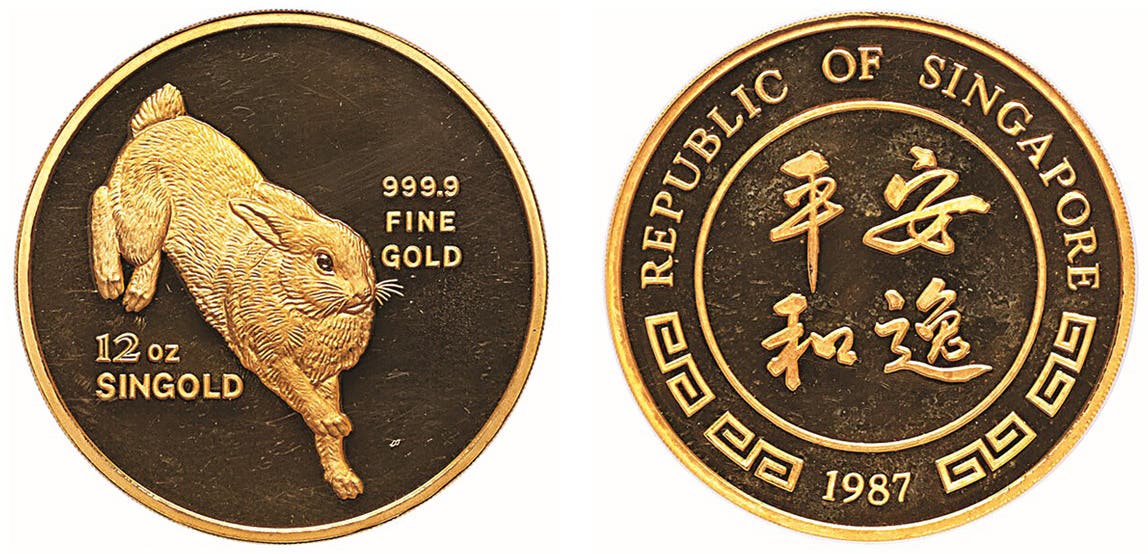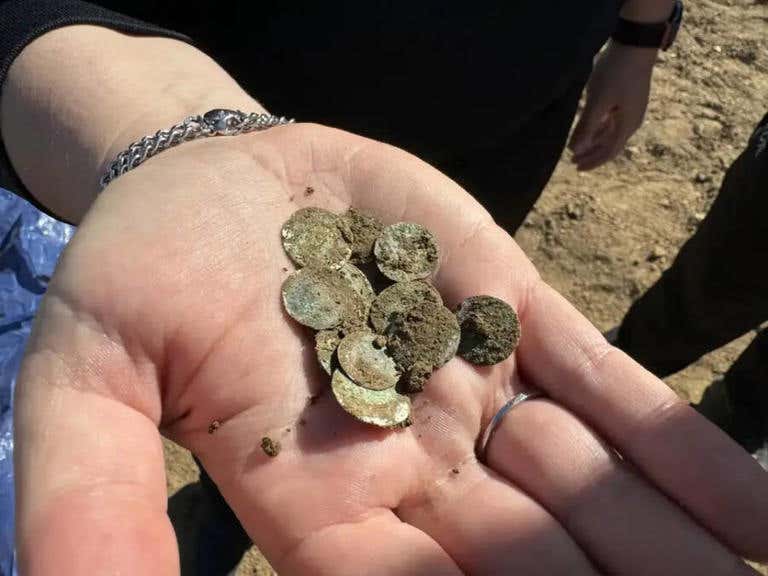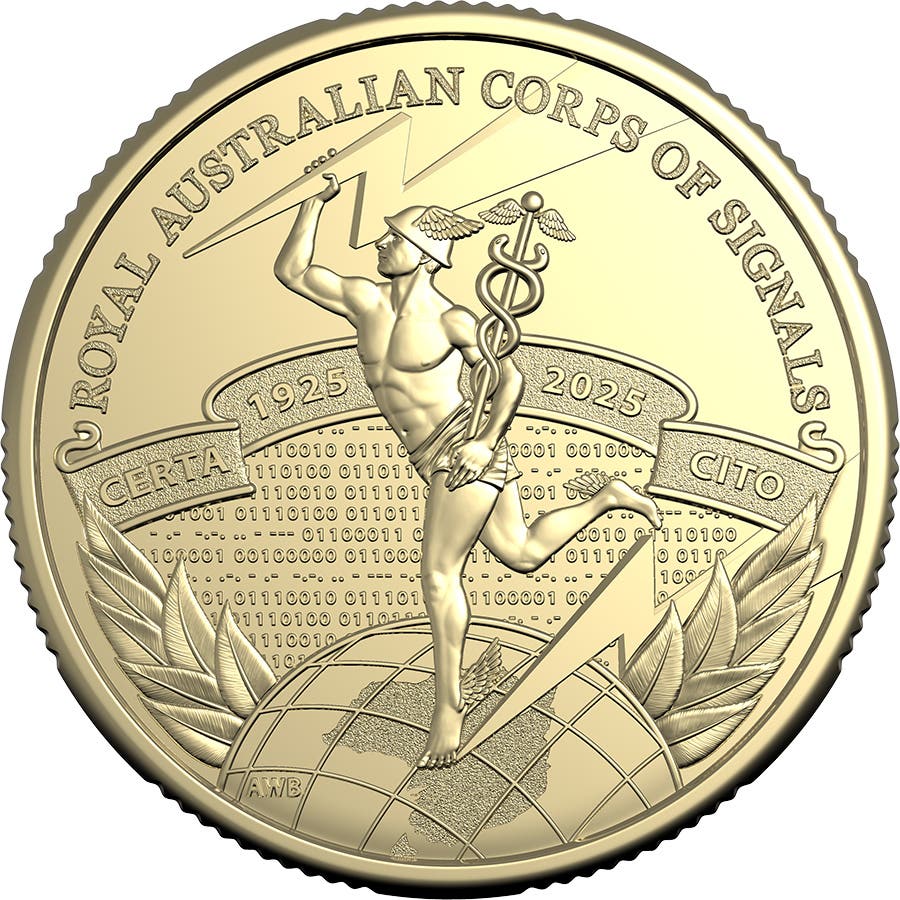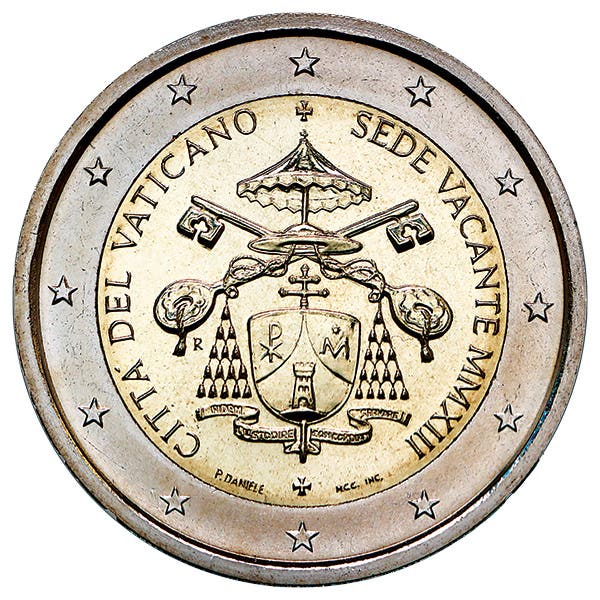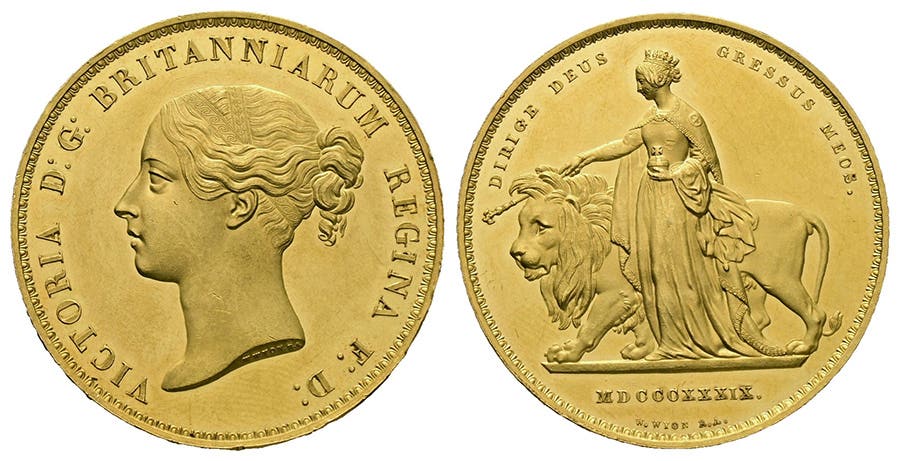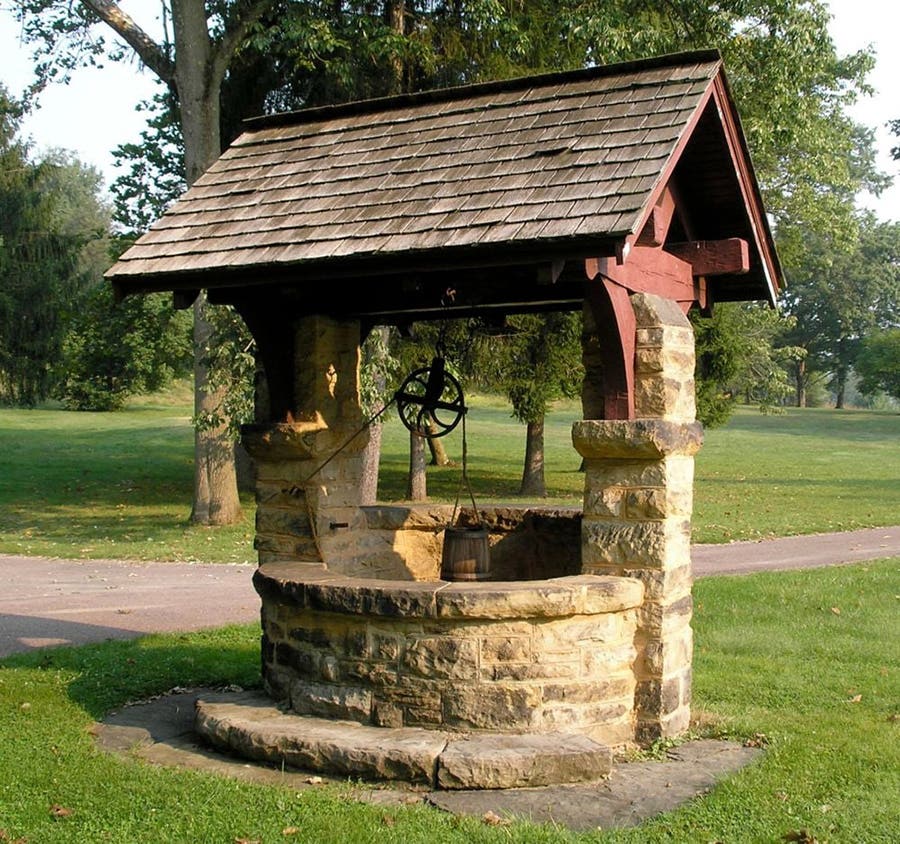Counterfeit Money Still Abounds
As cash evolves, counterfeiters adapt—where there’s money to be made, fakes will follow.
The world’s attitude towards physical coins and bank notes may be changing, but where there is money to be made, there will still be counterfeiters.
The number of counterfeit bank notes identified during the first half of 2024 in Germany increased significantly from one year earlier. The “Deutsche Bundesbank,” the central bank of Germany, reported about 38,600 fake euro-denominated bank notes in circulation, the notes having an estimated face value of about €2.4 million. This is an increase of 29% from the number of fakes identified in the previous six-month period. The two most popular denominations replicated were the €10 and €20.
The Bundesbank Executive Board reported that there have been fraud cases that involve counterfeit €100 bank notes that were used to purchase genuine gold coins and cars. Interestingly, the number of counterfeits of €200 and €500 notes declined during the same calendar period.
Counterfeit coins continued to be a problem as well. There were 79,700 fake coins detected during the same period, this being a 19% increase from the second half of 2023. The increase was blamed on credit institutions and cash-in-transit companies that were still working through backlogs of coins unfit for circulation that had accumulated during the pandemic. Counterfeits were only detected in the €0.50, €1, and €2 denominations.
Overall, there were approximately nine bogus bank notes per 10,000 people in Germany during this period. Statistics for the second half of 2024 were not yet available when this article was written.
An organized crime ring that was distributing nearly a half million “high quality” fake €2 coins across Europe was broken up by Europol and Spain’s National Police in April 2024. The ring’s workshop in Toledo was described as “the most important in Europe over the past 10 years.”
A Spanish National Police spokesman said the case was “extremely difficult and drawn out, not least because of the secretive nature of the organization, and also the near impossibility of being able to follow a trail, which is characteristic for forged coins.”
Another effort by law enforcement involving 18 countries seized more than €14 million in what Europol called “Operation DECOY.” There were 174 parcels containing counterfeit bank notes seized. The seizures included 134,949 euro bank notes and coins, 9,186 British-pound-denominated bank notes, and 3,595 fake U.S. bank notes. Most of the seizures involved €50 and €20 notes. According to officials, many seized items are reproductions of bank notes referred to as “movie money” because the notes carry a small disclaimer indicating they are fakes. Authorities have accused the counterfeiters of overlooking the disclaimer and attempting to pass the so-called “movie money” as genuine.
Anywhere physical coins and bank notes are in use, counterfeiters may be present. An employee of the North Macedonian Ministry of the Interior was arrested last year as part of the Western Balkans Criminal Justice Project on suspicion of minting about two million €2 coins.
According to the judicial EU agency Eurojust, “During searches of the suspect’s home, machines for the production of counterfeit currency, coin templates, and raw materials have been seized. The suspect had been under surveillance for a longer period.” Ironically, North Macedonia is not part of the eurozone, the European Union’s currency union, but adopted the euro as its currency in 2002.
North Korea is well known for counterfeiting what is known as “Superdollar” U.S. $100 bills. In early December, news source Daily NK reported a resident of the Nangnang district in Pyongyang, North Korea, was arrested in mid-March 2024 after buying items with U.S. $100 bills that were counterfeit.
According to an unnamed source, “Since the local currency is used in the market, it’s typical to exchange your dollars at the money changer before using them. But this young man raised suspicion because he bought items in the market with dollars and then asked for change in local currency.”
According to the Daily NK, “This was just one recent example of fake dollars circulating in Pyongyang, which has led to complaints from a growing number of merchants. As a result, police are stepping up efforts to identify the source of the fake dollars and apprehend the culprits.”
Counterfeiting efforts in the country may be better than North Korea thought. On October 21, Radio Free Asia reported, “North Korea warned its overseas state-run enterprises to take measures to prevent counterfeiting–of U.S. dollars–which the companies use to send ‘loyalty payments’ to Pyongyang.”
The “loyalty payment” notes appear to be reminiscent of “Operation Bernhard” during World War II, when Germany paid its snitches in British bank notes that later proved counterfeits. The North Korean counterfeits serving to pay loyalists appear to have been circulated specifically on May 8, 2020, through the North Korean consulate in Shenyang, China. It is understood that North Korean businesses in China are now keeping records of the serial numbers of every U.S. $50 and $100 used to pay North Korea.
Former acting North Korean Ambassador to Kuwait Ryu Hyun-woo told Radio Free Asia, “People can buy a counterfeit $100 bill for $20. When I was short like $200, I would put in fake bills.”
You may also like:



